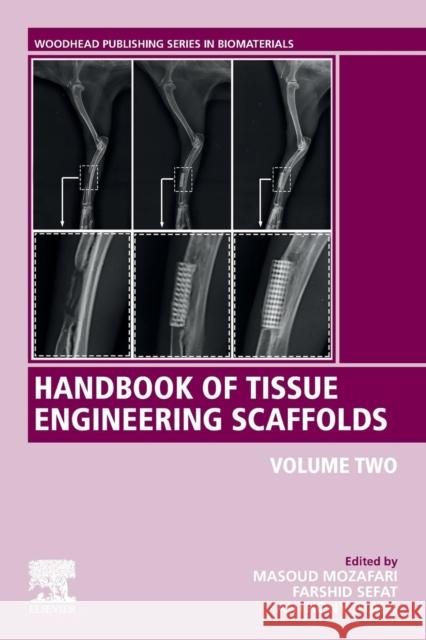Handbook of Tissue Engineering Scaffolds: Volume Two » książka
topmenu
Handbook of Tissue Engineering Scaffolds: Volume Two
ISBN-13: 9780081025611 / Angielski / Miękka / 2019 / 874 str.
Kategorie:
Kategorie BISAC:
Wydawca:
Woodhead Publishing
Seria wydawnicza:
Język:
Angielski
ISBN-13:
9780081025611
Rok wydania:
2019
Numer serii:
000450750
Ilość stron:
874
Waga:
1.14 kg
Wymiary:
22.86 x 15.24 x 4.39
Oprawa:
Miękka
Wolumenów:
01
Dodatkowe informacje:
Bibliografia











